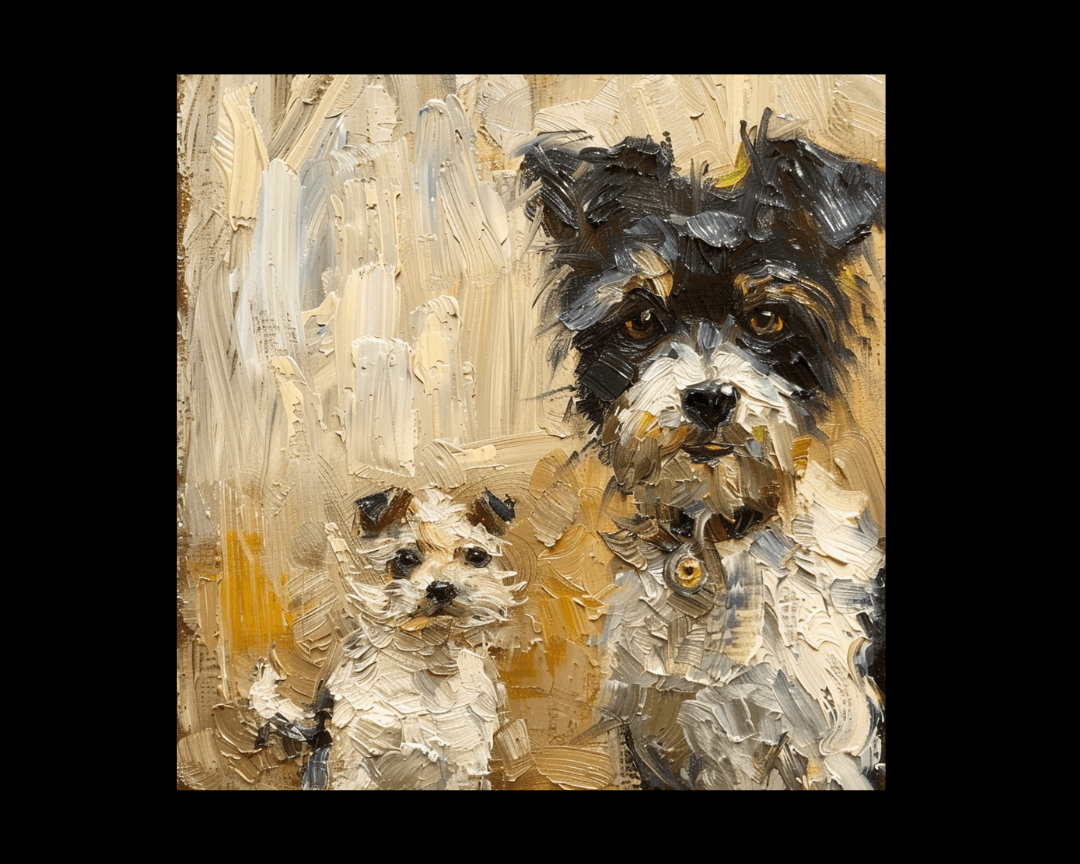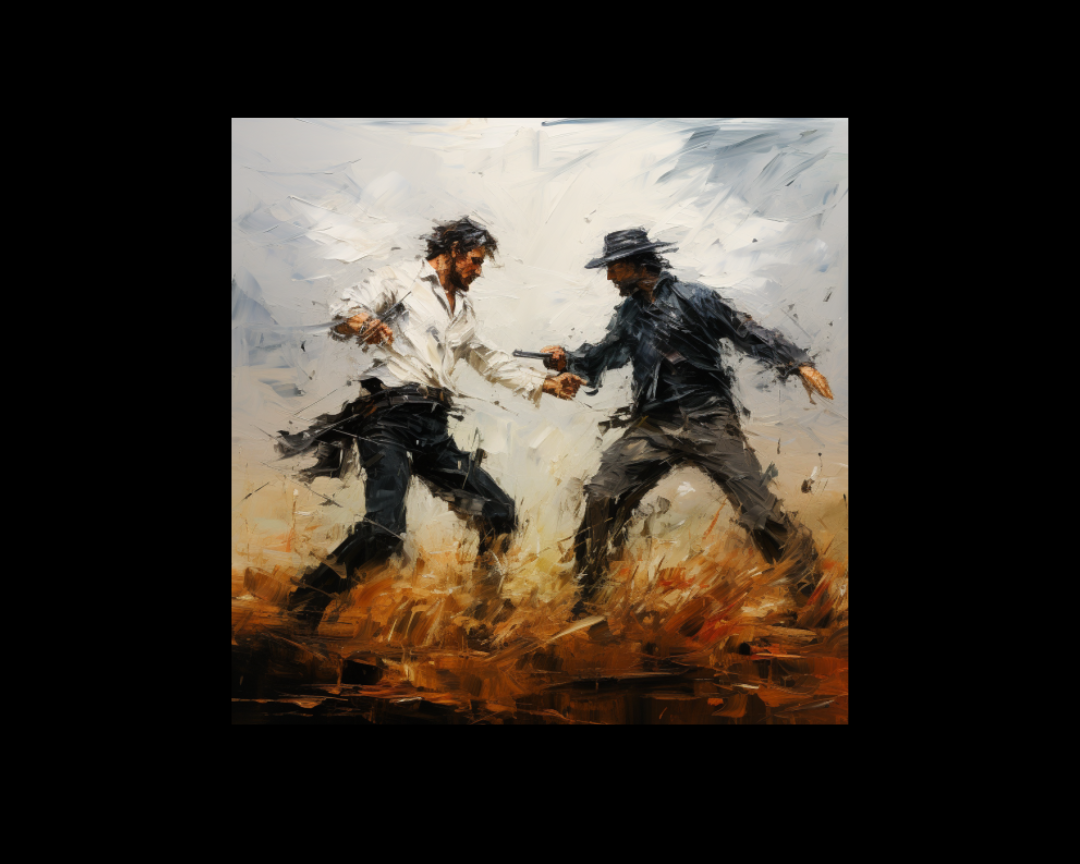Sidekicks: Add a Kick of Flavor to Your Main Character’s Journey
The significance of a well-crafted sidekick in storytelling cannot be overstated. These characters, whether the best friend, sassy co-worker, or...

There's this sense of excitement when you start to brainstorm an idea. You’re getting ready to tell a story no one’s ever told! You sit down, have your pen and paper (or, let’s be honest, your computer) ready, and then suddenly, you stop.
Where do you even start?
It’s a question that’s stumped many a writer. We’ve devised six steps to get you out of that writer’s block. Read on to bust the block and write a story only you can tell.
Start with a lie.
This is not the kind of lie your character tells within the plot; it's a false belief they hold about themselves. This misbelief shapes their choices and defines their character. It's deeply personal, usually tied to their self-worth, and unravels throughout the story.
Think of it as symbolic mirrors reflecting not reality but shaping character arcs.
These deceptive self-beliefs are crucial and tightly connected to the characters' self-worth. Every choice made by characters is like a planned step in a dance guided by these illusions, pushing the story forward. This paradoxical revelation is an unwinding thread, intricately tying the narrative together.
As the story unfolds, the false fronts of these deceptive mirrors fade, revealing the genuine core underneath. Storytelling becomes a careful orchestration, blending truth and illusion into a revealing symphony that peaks with the collapse of self-created illusions.
Your plot and its stakes must align with your character's growth. Something significant must happen to them, forcing them to change. These events could be life-threatening or metaphorical, like social death or loss of self-worth. The stakes must be high enough to make your character's actions logical.
Think of it like a test in which the stakes determine if your character's choices make sense. The stakes must be heavy, whether it's a life-or-death situation or a big hit to their social life.
In these moments of risk, your character's logic is tested and proven. As the story goes on, these high-stakes situations become where your character changes, connecting what's happening outside with what's happening inside.
Elevate your storytelling by introducing three layers of antagonists: man versus man (including the traditional villain and opposition from other characters), man versus nature (consider how the setting and timeline intensify the conflict), and man versus self (where a character's traits hinder their progress).
Firstly, there's the classic clash between characters, with a bad guy or issues from other characters making things complicated. This layer adds more to the story, making it more interesting.
Secondly, look at how the place and time in the story make things more challenging for the characters. The environment becomes a part of the problems, making things more complicated for the characters.
Lastly, think about how the characters struggle with their issues. This adds a deep part to the story, making the characters more like real people dealing with outside problems and their inner struggles.
By having more sources of problems, you create a mix of challenges that work together to shape the story. These three problems ensure your story has many layers, giving the audience an exciting experience.
Make your story more interesting by giving each character a secret. These hidden reasons make them more complex, and their actions make more sense. Put these secrets in your story early so readers are excited for the big reveal.
Every character now has a hidden truth, creating a mix of mystery and depth. As these hidden things slowly emerge, they cause surprises in the story. It's not just about what characters do but also why they do it, making the story more interesting.
By sharing these hidden truths, you get readers involved in discovering each character's secrets as the story progresses.
Make your story flow smoothly by connecting scenes with a story spine. Instead of saying "and then," show how one scene leads to the next. This not only keeps readers interested but also keeps the story moving forward.
Imagine your story like a chain of events, each affecting the next. As one thing happens, it naturally leads to the subsequent development. This connection makes the story feel whole, giving readers a clear and exciting experience. They get into the flow of events, making the story feel natural.
Think of each scene as an essential part of the story puzzle. By connecting them with clear cause-and-effect links, you make sure the story unfolds in a way that makes sense and keeps readers interested as they move from one scene to the next.
Becoming a great storyteller takes practice. Share your stories out loud and see how people react. Their reactions help you get better at telling stories and make your tales more interesting.
Try different ways of talking, speed, or movements while telling a story. It's a safe space to figure out what works best. Each time you practice, you'll find things that grab people's attention and learn how to keep them interested.
The more you practice and improve things, the closer you are to becoming an excellent storyteller.
Now that you've learned some cool storytelling tricks, it's time to implement them. Remember to connect your scenes smoothly, like pieces of a puzzle.
Share secrets early on to keep readers excited, and keep practicing telling your stories out loud. Try different things—how you talk, how fast you speak, and your movements. Each practice session makes you a better storyteller.
So, what's your next story? Tell it, improve it, and wow your audience. Your storytelling adventure is just beginning!

The significance of a well-crafted sidekick in storytelling cannot be overstated. These characters, whether the best friend, sassy co-worker, or...

Villains are the dark heartbeats that pulse through stories, captivating readers with their sinister allure. From Emperor Palpatine to Lord...

Whether you're writing a thrilling action-packed novel or a fantasy epic, the ability to create engaging fights is a valuable asset. In this article,...